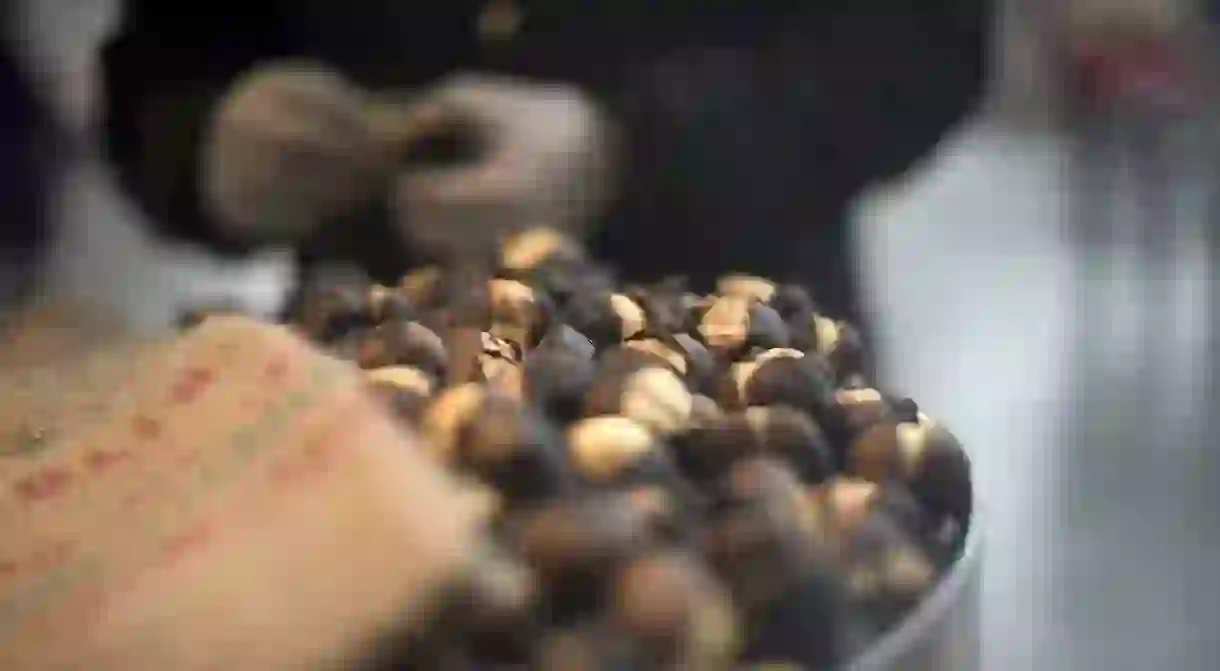How To Celebrate Castanyada Like A Local In Barcelona

If there’s one smell that pretty much defines Barcelona in the autumn, it has to be that of fresh chestnuts roasting over hot embers as stalls pop-up at every street corner. These sweet treats have long been a popular autumnal snack in the city and they take centre stage during a festivity known as the castanyada, which takes place each year in Barcelona, on All Saints’ day. Find out what this ancient tradition involves and how to get involved in the castanyada like a true local.
The History
The origins of the castanyada can be traced back to at least the Middle Ages and is tied to the day known as All Saint’s Day when people would commemorate their dead on the 1st of November. One account of how the tradition evolved says that it was customary for bell ringers to go round the towns throughout the night, ringing bells in honour of those who had passed away. To assist in the task and to help keep up their strength throughout the night, friends and family would eat roasted chestnuts as a source of energy and warmth.

As the custom evolved, chestnut sellers would set up stalls at the gateways to the city, offering chestnuts to those who gathered to walk to the cemeteries. From the Portal de l’Angel, people would head to the cemetery by the convent of Jesus, where those who died of the plague were buried. While from the Portal de Don Carles, mourners would walk to what is now the Poblenou Cemetery.
From then onwards, chestnut stalls would be set up across the city and remain in place until the end of the chestnut season. This tradition has lived on and today the city continues to fill with the warm aroma of roasted chestnuts. However, the celebration of the castanyada on the eve of All Saint’s Day – also known as Halloween – has evolved, and is seen as much as a celebration of the Autumn rather than a religious ceremony.
How To Celebrate The Castanyada Today
Nowadays, the castanyada is a veritable foodie feast that is celebrated in public squares, schools and homes across Catalunya. Usually, the festivities take place on the eve of All Saint’s Day but it isn’t unusual for celebrations to be organised all throughout November and the end of October. In most neighbourhoods of Barcelona, there are public celebrations organised by the local community in which all are free to participate.
In addition to the roast chestnuts, it’s customary to eat little marzipan cakes known as panellets which were historically prepared and sold by cafés around the time of the castanyada. It wasn’t uncommon to see raffle tables taking bets for which the prize was a handful of fresh panellets.

To complete the feast, make sure to procure yourself with a glass of local sweet wine, known as moscatell, which is the traditional accompaniment to the treats of the castanyada. Alternatively, and as with any feast in Catalunya, a glass of the local sparkling wine cava would not be out of place.













